11 Things Boomer Kids Had In Their Childhood Homes That Are Pretty Much Obsolete Today
Kids today wouldn't know what to do with themselves if they had the childhood of a boomer.
 fizkes | Shutterstock
fizkes | Shutterstock There are many things today that our children have access to, most of which they couldn't even imagine living without. Technology has become pervasive, and hardly any of their interactions take place face-to-face. They have quick and easy access to all of their favorite music instead of having to beg their parents to take them to the record store, and they never have to use physical maps when they have digital GPS easily installed.
With the use of technology, there are certain things boomer kids had in their childhood homes that are pretty much obsolete today. If you were to pull a child out of modern times and put them right into a boomer's childhood between the late 1940s and early 1960s, they likely wouldn't know how to survive, as many of the items that existed back then have been replaced.
Here are 11 things boomer kids had in their childhood homes that are pretty much obsolete today
1. Ashtrays
 Roman023_photography | Shutterstock
Roman023_photography | Shutterstock
In an era where smoking cigarettes was more widespread and socially accepted than it is today, it wasn't uncommon to have ashtrays lying around the house in places where kids could easily reach them. Some of them were decorative and easily grabbed kids' attention, and they included them in their toy stash.'
Nowadays, most kids likely do not even know what an ashtray looks like. And since parents tend to be much more protective than they used to, you would never see them using something designated for cigarette butts as a plaything.
2. Metal lunchboxes
 Taras Grebinets | Shutterstock
Taras Grebinets | Shutterstock
Before there were brown bags that children used to carry their lunch into school, hard and clunky metal lunchboxes were incredibly popular from the 1950s through the 1980s. The lunchboxes often included colorful designs or featured popular TV and movie characters.
The lunchboxes were also easy to clean, kept food fresh, and using them reduces the risk of microplastics getting into meals. In fact, many consider stainless steel to be the safest material for food, as it's non-porous and lasts quite a long time.
Considering kids these days bring their lunch in a cooler bag or buy it in the cafeteria, metal lunchboxes are one of the things boomer kids had in their childhood homes that are pretty much obsolete today.
3. Rotary phones
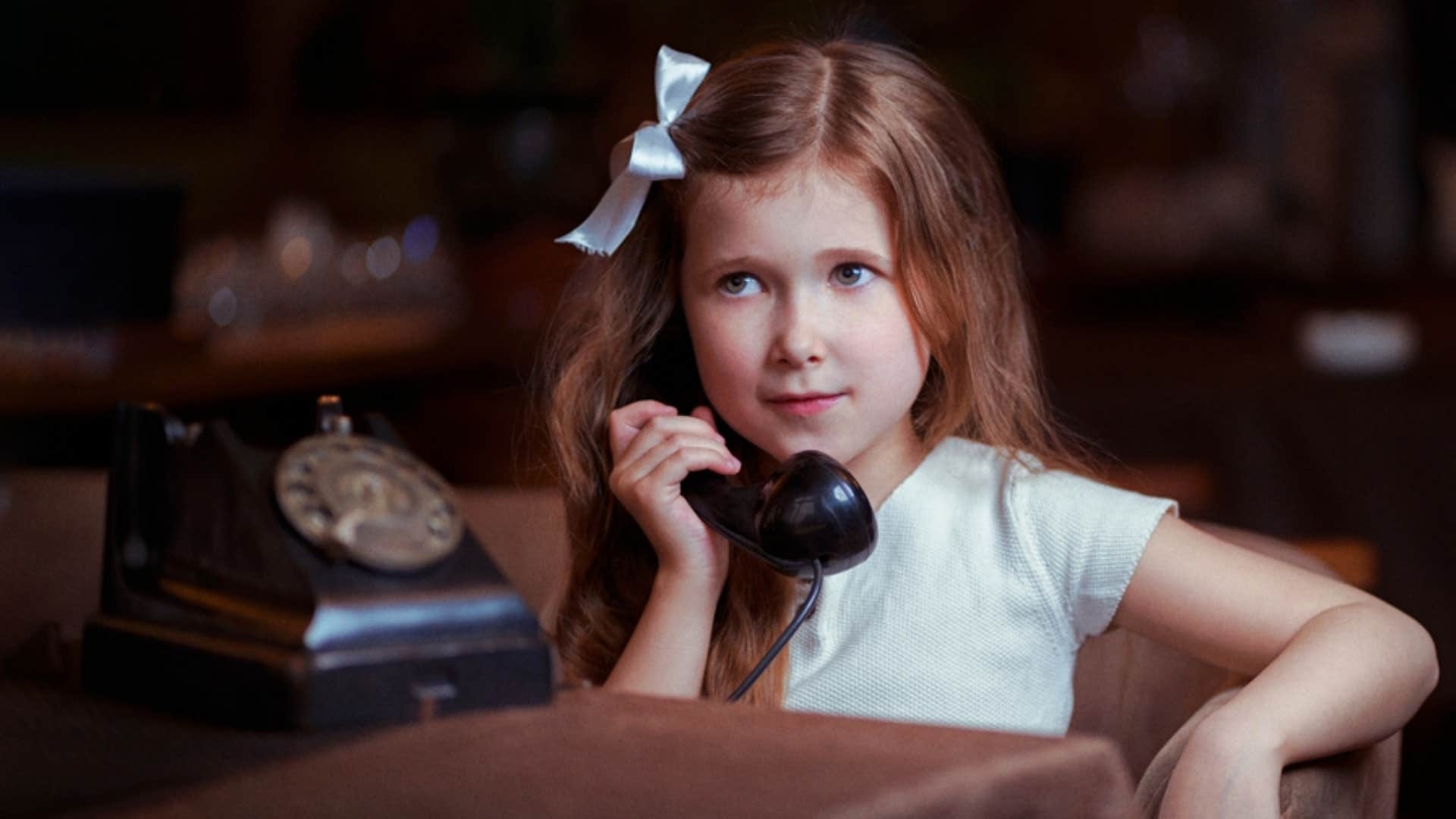 CHIJU SEYFETTIN | Shutterstock
CHIJU SEYFETTIN | Shutterstock
Older generations know full well the complex and monotonous experience of using a rotary phone. It's something that younger generations will never have to deal with, but the thought of it could surely make them cry.
Nowadays, rotary phones are something children today would expect to see during a trip to a historical museum. Before the iPhone with a touchscreen, kids used landline phones with circular dials with numbered holes. When they wanted to make a call, they would place their fingers in the appropriate number holes and rotate the dial around the stop, repeating the process for each number.
It was a lengthy process that kids today wouldn't have the patience for, considering all they have to do when they want to call someone is click on their name on their phone. And if they want to communicate even faster, they can text.
4. Console stereos
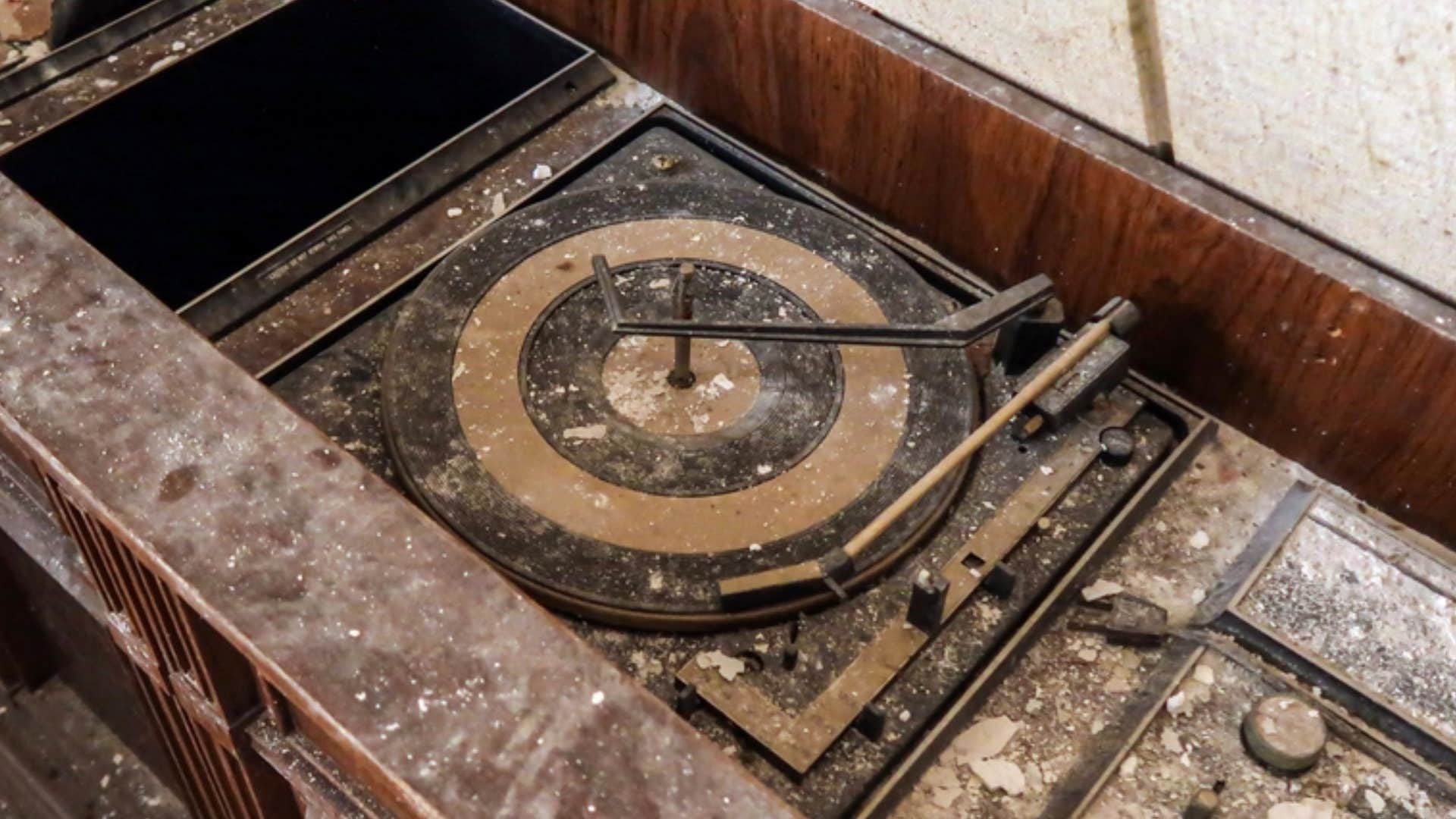 John Arehart | Shutterstock
John Arehart | Shutterstock
Considered the "Golden Age of Vinyl" from the 1950s through the 1970s, the all-in-one music systems known as console stereos were one of the main sources families relied on for music and entertainment. They were often made out of wood in order to easily blend in with home decor. But if most kids saw a console stereo today, they would assume it was just an odd piece of furniture.
Before music could easily be played through portable devices, console stereos were how many boomer kids listened to their favorite tunes. They would often have to battle their siblings over whose turn it was to play a particular genre of music in the living room, while all kids have to do today is plug in their wire headphones and have their music all to themselves.
5. Waterbeds
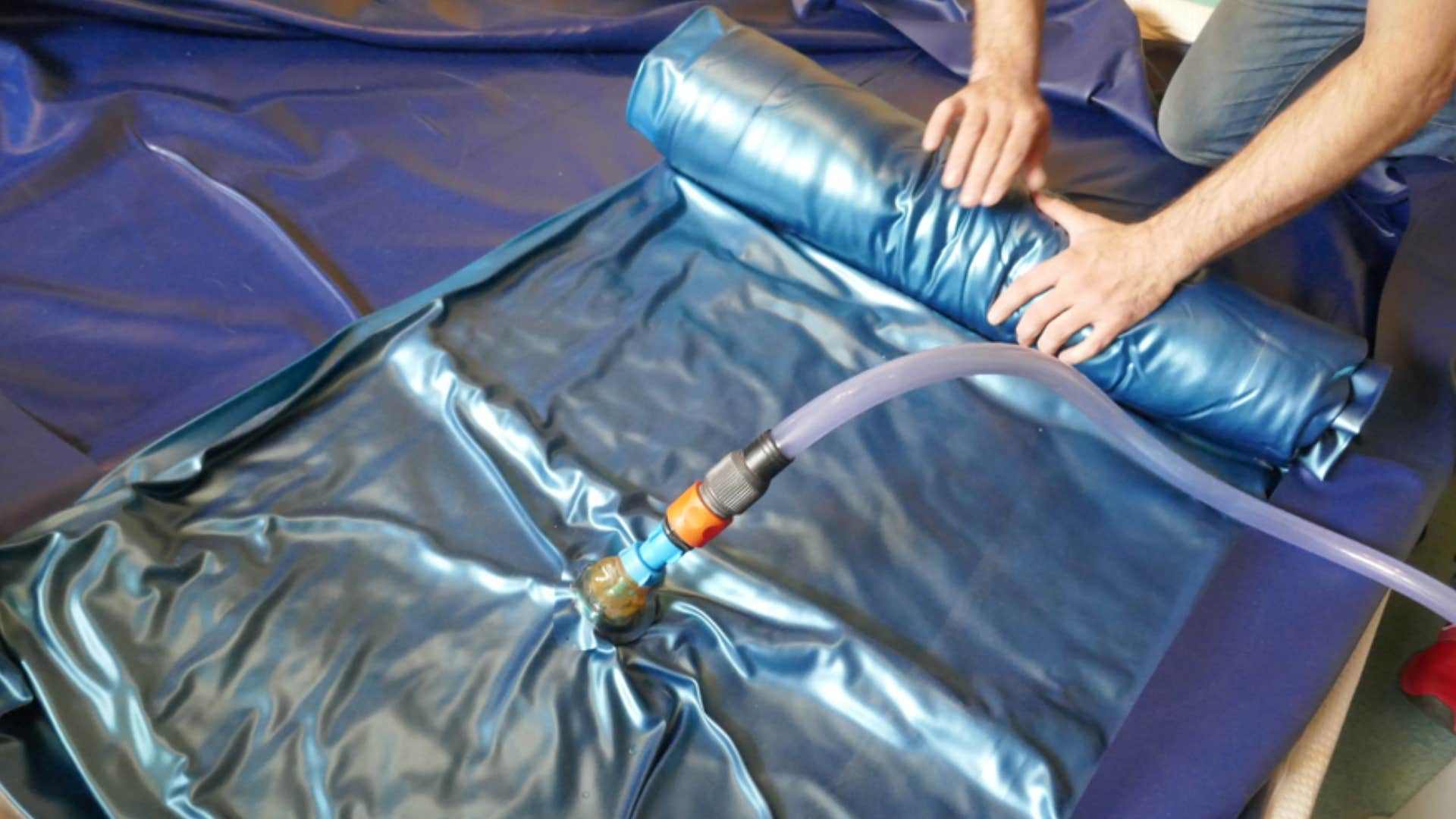 anela.k | Shutterstock
anela.k | Shutterstock
Believe it or not, there was a time where kids would literally sleep on water! Waterbeds became popular in the 1970s when new (at the time) research revealed that it may improve posture and sleep quality, countering the exact weight and shape of a person's body to provide total and even support.
However overtime, water beds became more of a nuisance than a solution due to their leakage potential and moving difficulties. While everyone's sleep needs will vary, experts from the Sleep Foundation recommend mattresses that are all-foam, latex, innerspring, and airbed, just to name a few.
6. Tang drink mix
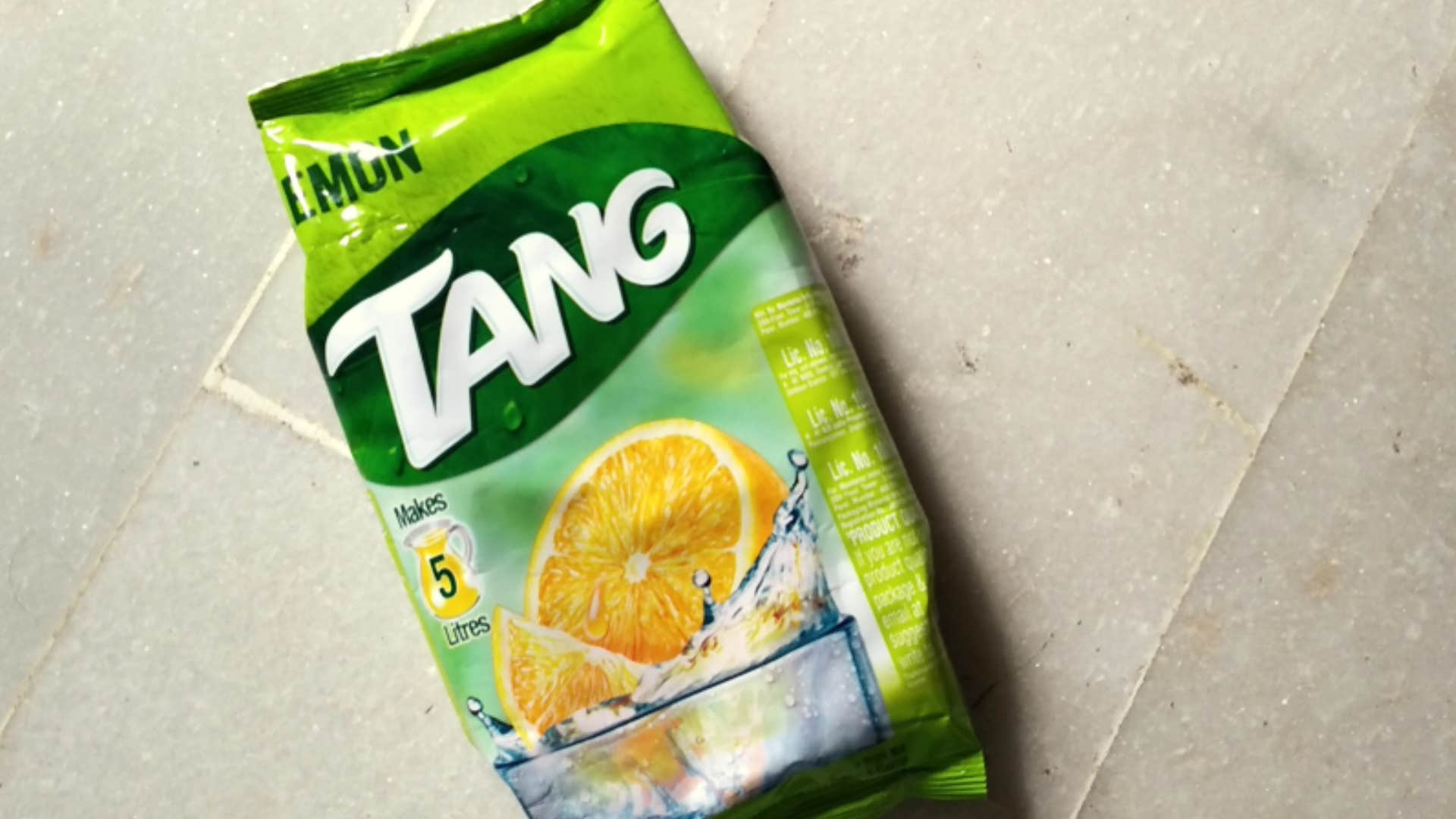 mrinalpal | Shutterstock
mrinalpal | Shutterstock
Tang was a powdered mix drink that was fortified with vitamins and minerals, and first hit stores in 1957. It was marketed as a healthier alternative to freshly squeezed orange juice. All you had to do was pour the powdered mix into a pitcher of water, mix it and serve.
Tang was viewed as a great source of calcium and contains 100% of the daily value of vitamins. However, by the 1990s and 2000s, sales of Tang declined rapidly as kids shifted to newer brands and nutritional drinks.
While today's kids have likely never heard of Tang and prefer to sip on their designer water every morning, it paved the way as a method for picky eaters to get some of their nutrients in liquid form.
7. Floppy disks
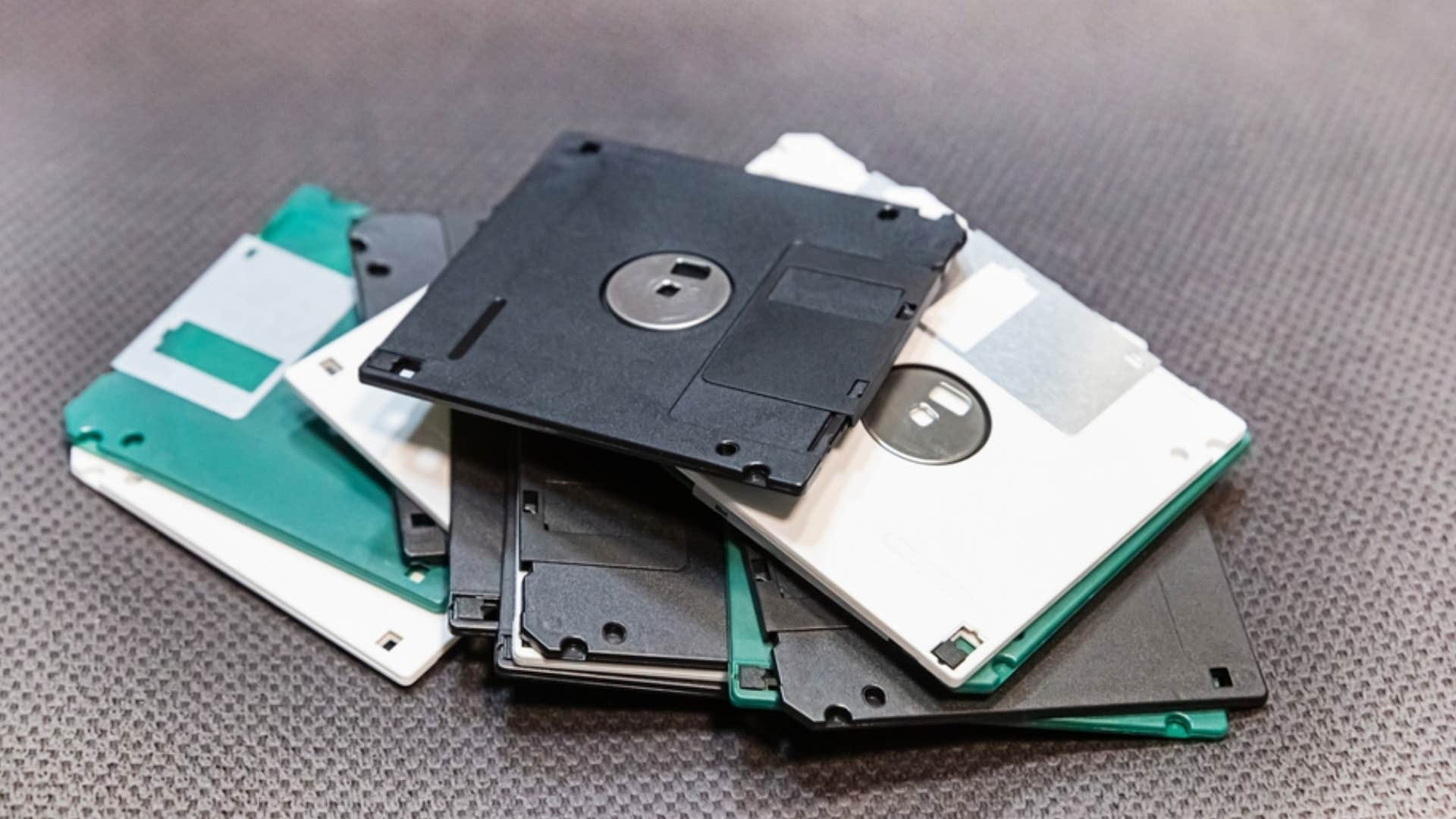 Kai Beercrafter | Shutterstock
Kai Beercrafter | Shutterstock
Floppy disks were a form of portable storage media primarily used from the 1970s to mid-1990s. They were thin circular disks that were coated with magnetic material that made it possible for them to store digital data.
Before features such as Google Drive and Microsoft Word, boomer kids would insert them into their computer's disk drive to read or write data. Thanks to all of the technological advancements that have allowed us to easily save important information, floppy disks have pretty much become obsolete in this day and age.
8. Paper maps
 fran-kie | Shutterstock
fran-kie | Shutterstock
Before GPS technology became widely available, boomer kids relied on paper maps for directions. These maps detailed just about every location and how to get there. When the need for travel increased during the 1900s, so did the demand for printed paper maps.
To test the accuracy of the paper maps, people explored with hot air balloons, kites and even strapped small cameras to pigeons to get an aerial view of specific locations. In 1990, mapping was made easier with the introduction of the Global Positioning System, a satellite navigation system developed for military purposes.
Today, it's primarily known as GPS and has allowed us to travel without having to worry about getting lost or caught in heavy traffic. But kids today were likely never taught how to read a map, baffled that older generations find it difficult to use apps like Waze and Google Maps.
9. Antique TVs with rabbit ears
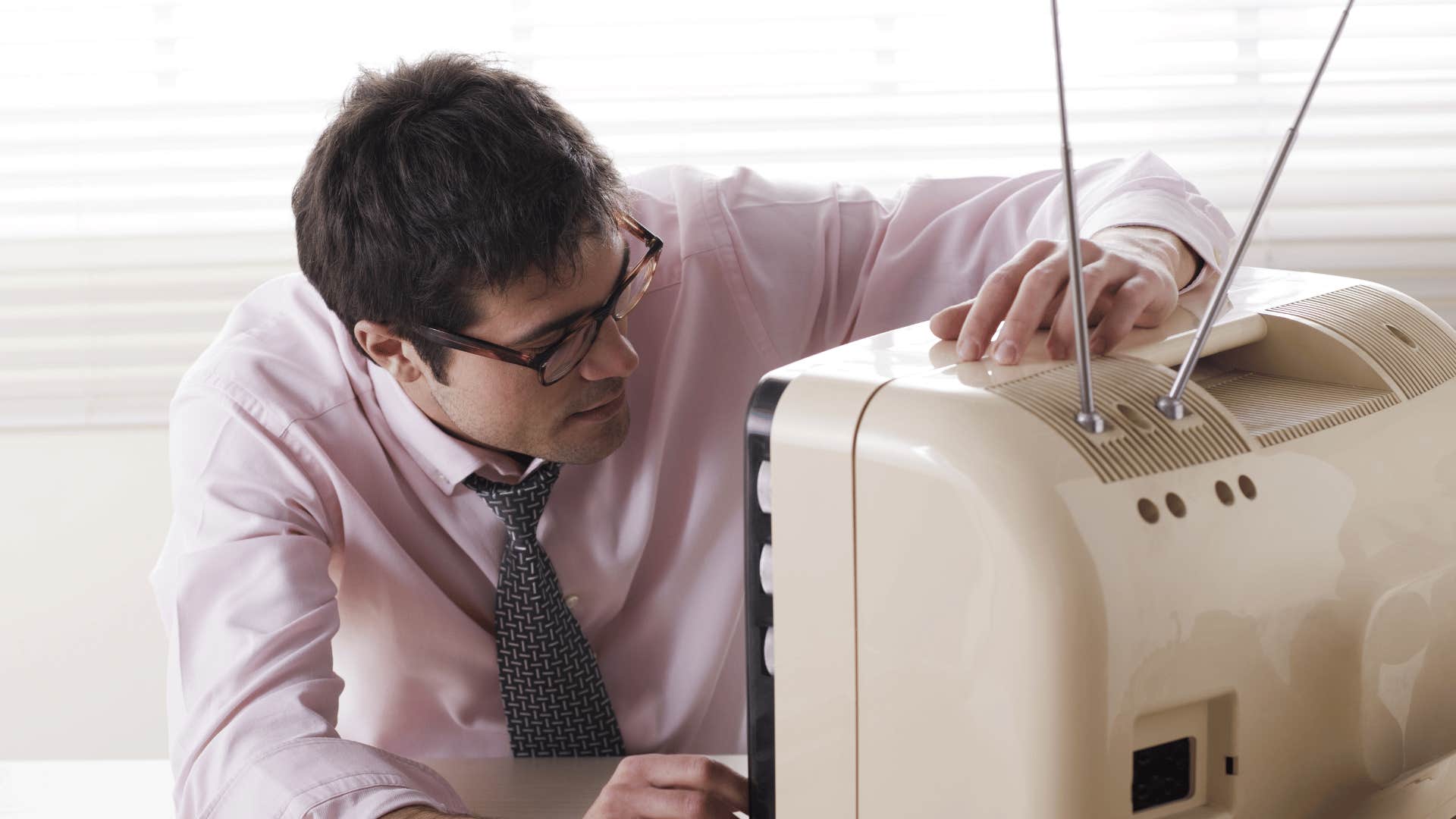 stefanolunardi | Shutterstock
stefanolunardi | Shutterstock
Although vintage televisions weren't actually equipped with rabbit ears, the antennas used on them certainly resembled them. They were known as dipole antennas that were commonly used for indoor TV reception.
Before TV signals switched from analog to digital in 2009, broadcasters relied on VHF or UHF frequencies to send signals to viewers' antennas. Today, if kids saw antique televisions, they would probably be confused about a device like this in someone's home, perhaps even thinking they are some sort of robotic rabbit, since most televisions don't even come with antennas anymore!
10. Typewriters
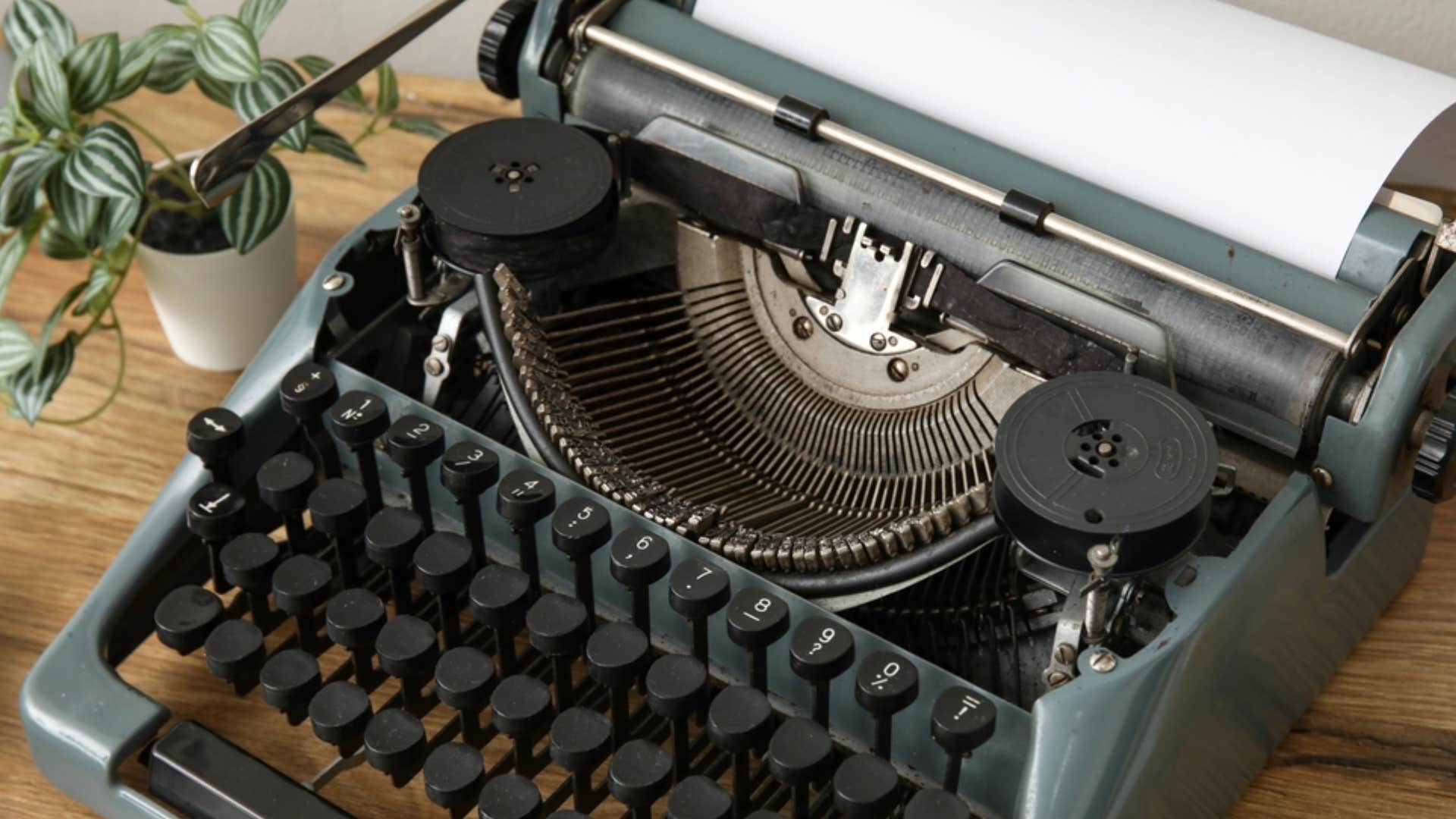 Pixel-Shot | Shutterstock
Pixel-Shot | Shutterstock
The first typewriter was invented in 1873, long before the first boomer child was even born. However, they were still widely used up until computers became mainstream in the 1980s and 1990s. Word processing software offered more ease of editing, as opposed to the bulky keyboard and little room for deletion on typewriters.
There wasn't a copy and paste option that made getting necessary work done more efficiently. There was a lot of white-out used, to be sure.
And while some people opt to have typewriters in their homes today, they are merely an artifact or accent piece, making them one of the things boomer kids had in their childhood homes that are pretty much obsolete today.
11. Penny candies in glass jars
 Silvia Trigo | Pexels
Silvia Trigo | Pexels
During the 1950s and 1960s, if you walked into a diner, pharmacy, market, or ice cream parlor, you'd likely spot a glass jar filled with little chocolate candies. Individually wrapped, they got the name "penny candies" as they usually cost just one cent to purchase.
The first penny candies in the United States were sold in 1907 and became popular after being a staple in F.W. Woolworth Company's five and dime stores. But once Woolworth stores closed in the 1980s, that popularity died out.
Even though individually wrapped candies are around today, they usually aren't found in local shops; rather, they are for sale in bulk online or available during certain holidays like Halloween or Easter.
Megan Quinn is a staff writer with a bachelor's degree in English and a minor in Creative Writing. She covers news and lifestyle topics that focus on justice in the workplace, personal relationships, parenting debates, and the human experience.

